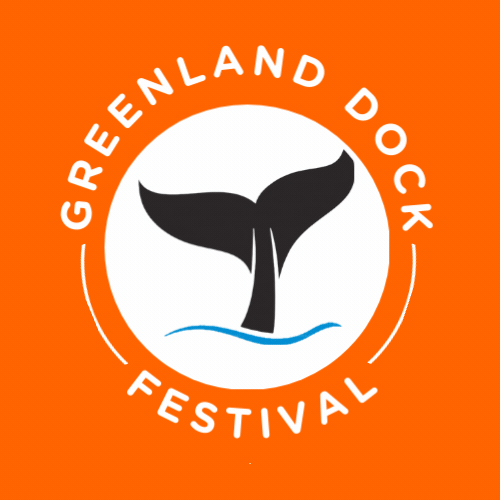About us
Festival of lights
Every year, Greenland Dock Festival transforms South Dock Marina and surroundings into a mesmerizing spectacle of lights, that brings together a fascinating array of light displays, sculptures, and installations brightening up the winter evenings.
Greenland Dock Festival fosters a sense of unity and shared experiences, creating memories.
It shows the power of community spirit, where we celebrate creativity and artistry as it serves as a vibrant platform for local artists, providing opportunities for engagement and collaboration.
The festival is made possible by the volunteering work and support of marina residents, locals and businesses.
This event is the brainchild of Marine Canvas Hut, a local business deeply rooted in community involvement and organised by Greenland Dock Festival cic.
The name of the festival and the whale in the logo refers to the rich history of the area, starting in 1699.
What's in the name?
What's in the name?
Greenland Dock was established over the area occupied by the former Howland Great Wet Dock (1699-1807). The dock was renamed Greenland Dock to reflect its use as a whaling dock as the whaling took place mainly in Greenland waters.

Bolted cast iron lattice-truss bridge
Most of the bridges around Greenland Dock were moved here from elsewhere, but the bolted cast iron lattice-truss bridge manufactured by Armstrong, Whitworth and Co. was added to its current location in 1904 when the lock was extended. A magnificent structure, the bridge is one of the best features of Greenland Dock. It was not fixed in its position.
Its two parts could be swung to each side when tall ships needed to pass through the lock. It was operated by vast hydraulic jiggers that worked by pushing water at very high pressure through pistons in the cylinder equipment to open and close the two halves of the swing bridge.
The hydraulic equipment is still preserved today in the pits next to the bridge on each side, although they no longer function. Although the lock gates, the granite steps and the hydraulic gear have been preserved, the lock is now blocked off. The Grade II listed bridge was renovated in 1987 and still looks good.

Lock keeper cottage
The delightful lock buildings, consisting of the harbour master's cottage and the tide gauge house were also built at this time at the side of the extended lock, both of which remain in situ. They were built when the dock and the lock were extended between 1894-1904. They were probably designed by James McConnochie (who is also thought to have been responsible for the dock offices on Surrey Quays Road) for the Surrey Commercial Dock company. They are single-storey structures built in a pale yellowish brick (the yard office was of a paler, whiter brick), with a black brick plinth visible along the bases. The doors and windows set under red-brick jack arches with white keystones, and each building was topped with a black-tiled hipped roof (again, the exception is theYard Office, which has a gabled roof). Chimneys were provided for much-needed heat. They are lovely little buildings, nicely designed and were clearly intended to be good looking as well as functional. The lock keeper's office at Greenland Dock lock, headed by the Lock Keeper, was the equivalent of the modern edifice overlooking South Dock's lock entrance. It was manned in thee shifts by teams whose role was to process ships in and out of the lock when the tide was right. A lock keeper's office would have sat at every lock into the network of docks in Rotherhithe, and paintings of the office at the entrance to Surrey Basin survive. The gauge house, next to the lock keeper's office, contained the equipment for determining the state of the tide. It was essential for the correct operation of the lock for this to be precise. The equipment consisted of a tide gauge that indicated the level of the river.







